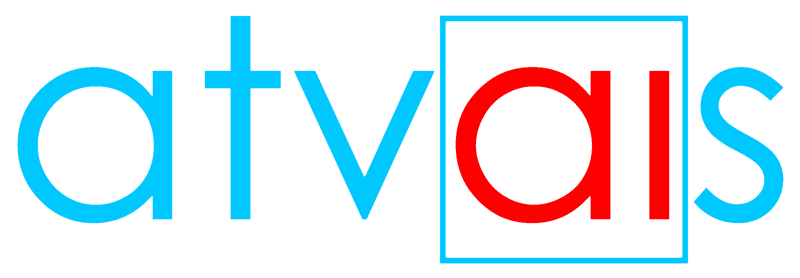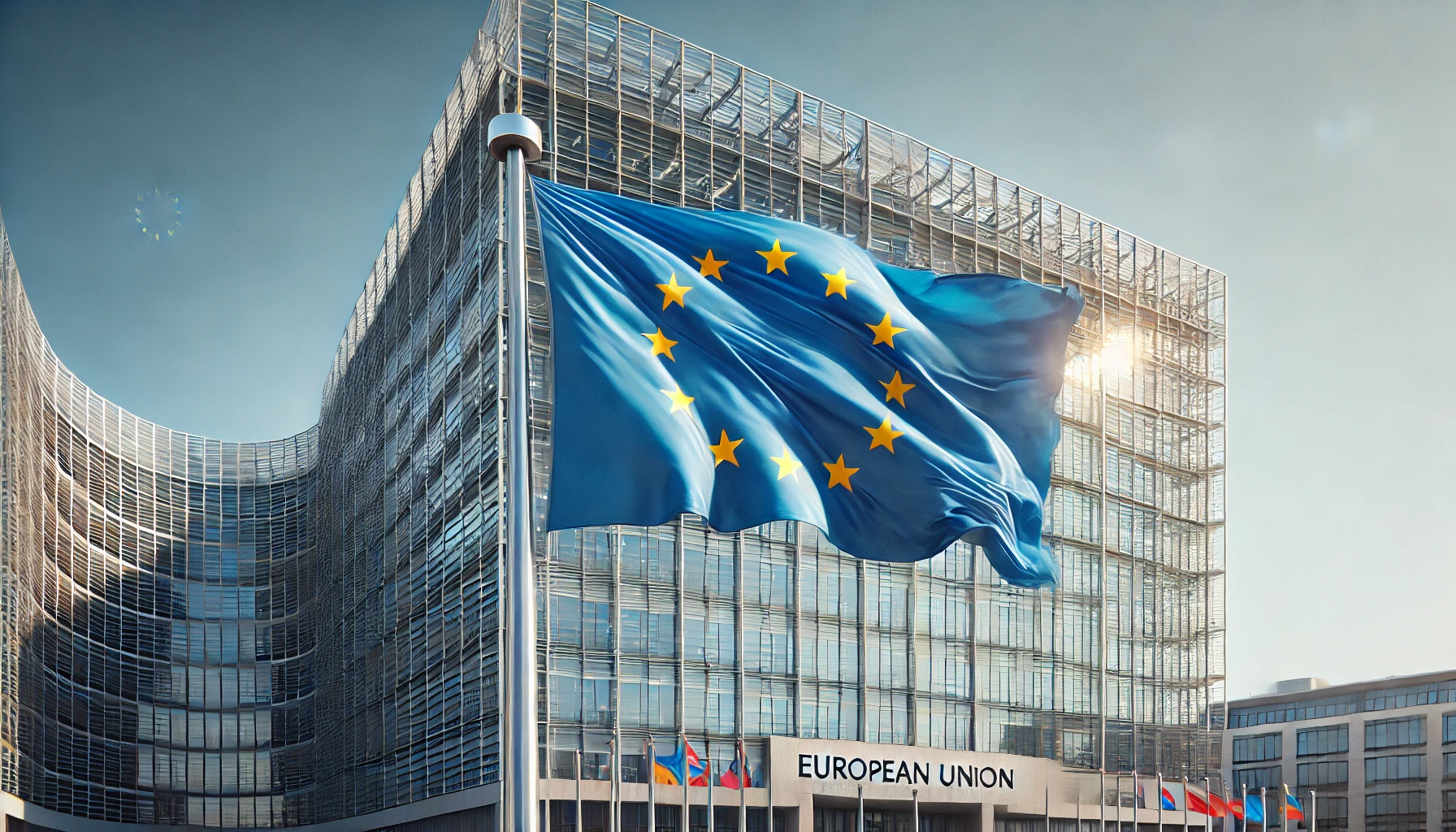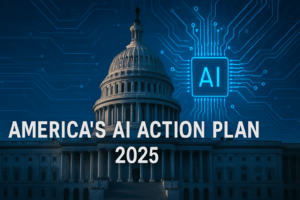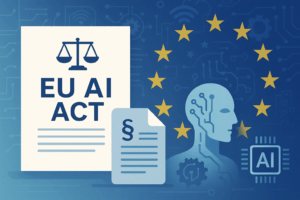Last week, on July 12, 2024, a major milestone was achieved in the world of artificial intelligence (AI) as the European Union’s Artificial Intelligence Act (EU AI Act) was officially published. This piece of legislation is a potential game-changer for how AI is developed, used, and regulated, not just in Europe, but potentially around the world. The journey to this point has been long and complex, involving years of careful consideration and collaboration among lawmakers, experts, and stakeholders across the European Union.
The publication of the EU AI Act is a significant step towards creating a clear and comprehensive framework for AI governance. It’s designed to address the growing concerns about AI’s impact on society, from issues of fairness and bias to potential risks to safety and security. The act aims to strike a delicate balance between fostering innovation and ensuring that AI technologies are used responsibly and ethically. It introduces a risk-based approach, classifying AI systems based on their potential impact and establishing different levels of requirements and obligations for different types of AI.
The implications of the EU AI Act are far-reaching. It could set a new global standard for AI regulation, influencing how other countries and regions approach the governance of this rapidly evolving technology. Businesses developing and deploying AI systems will need to adapt to the new rules and requirements, ensuring their products and services comply with the act’s provisions. Researchers and academics will have a clearer framework for ethical AI research and development. And most importantly, the public can expect greater transparency and accountability in the use of AI, with safeguards in place to protect their rights and interests.
Timeline of Future Events and Implications
August 2, 2024: Entry into Force
The EU AI Act will officially come into force on August 2, 2024, twenty days after its publication. This date marks the beginning of the Act’s applicability, setting the stage for its comprehensive regulatory framework to take effect. For stakeholders, this means immediate preparation for compliance with the new rules and standards that will govern AI systems within the EU.
February 2, 2025: Withdrawal of Prohibited AI Practices
By February 2, 2025, all AI practices deemed prohibited under the EU AI Act must be withdrawn from the market. Prohibited practices include predictive policing based on profiling, social scoring by governments, and AI systems that categorize individuals using biometric data related to sensitive attributes like race, religion, or sexual orientation. Companies engaged in these practices will need to cease operations immediately, necessitating significant adjustments to their business models and compliance strategies.
May 2, 2025: Codes of Practice
On May 2, 2025, the EU will issue codes of practice designed to provide detailed guidance for industry stakeholders on how to comply with the AI Act. These codes will serve as crucial tools for companies, helping them align their operations with the Act’s requirements. The development and dissemination of these codes involve extensive stakeholder consultations to ensure practical and effective guidelines are established.
August 2, 2025: Compliance for General Purpose AI and Establishment of Governance Structures
By August 2, 2025, providers of General Purpose AI (GPAI) models must ensure their systems are compliant with the EU AI Act. This includes meeting the specific requirements designed to mitigate systemic risks posed by GPAI models. Additionally, the governance structure will be fully operational, with the AI Office, European Artificial Intelligence Board, and national market surveillance authorities in place. These bodies will coordinate to oversee AI regulation, ensuring compliance and addressing any issues that arise. This date marks a significant organizational shift, as both companies and regulatory bodies will need to adapt to new roles and responsibilities.
February 2, 2026: Implementing Act for Post-Market Monitoring
The European Commission will adopt an Implementing Act by February 2, 2026, establishing a standardized template for post-market monitoring plans. This act will provide a clear framework for ongoing oversight of AI systems after they have been deployed. Companies will need to develop and maintain detailed monitoring plans to ensure their AI systems continue to comply with regulatory requirements throughout their lifecycle.
August 2, 2026: Full Application of AI Act Rules
By August 2, 2026, all provisions of the EU AI Act will become applicable, including specific obligations for high-risk AI systems defined in Annex III. Member States are also required to establish at least one operational AI regulatory sandbox at the national level. These sandboxes will allow for the controlled testing of innovative AI technologies in a regulatory environment. This comprehensive compliance deadline will necessitate extensive preparations by companies to meet all regulatory requirements and leverage the support mechanisms provided by the Act.
August 2, 2027: Extended High-Risk Systems Obligations
On August 2, 2027, the compliance requirements for additional high-risk AI systems, as defined in Annex I (list of EU harmonization legislation), will come into effect. This extension broadens the scope of the Act’s regulatory coverage, requiring companies to ensure that even more categories of AI systems adhere to stringent standards. The long-term impact of this milestone will be a more robust and inclusive regulatory environment for AI technologies.
Conclusion
The EU AI Act represents a transformative approach to AI regulation, aiming to balance innovation with the protection of fundamental rights and safety. As the first comprehensive regulatory framework for AI, it sets a global precedent and establishes a clear timeline for implementation. However, while the dates outlined for the Act’s milestones are formally set, they could be subject to changes due to legislative adjustments or unforeseen delays. Companies operating in or selling to the EU will need to stay informed about any updates from the European Commission and other relevant bodies to ensure they remain compliant. Proactive preparation and adherence to the Act’s requirements will be crucial as the AI regulatory landscape continues to evolve.






